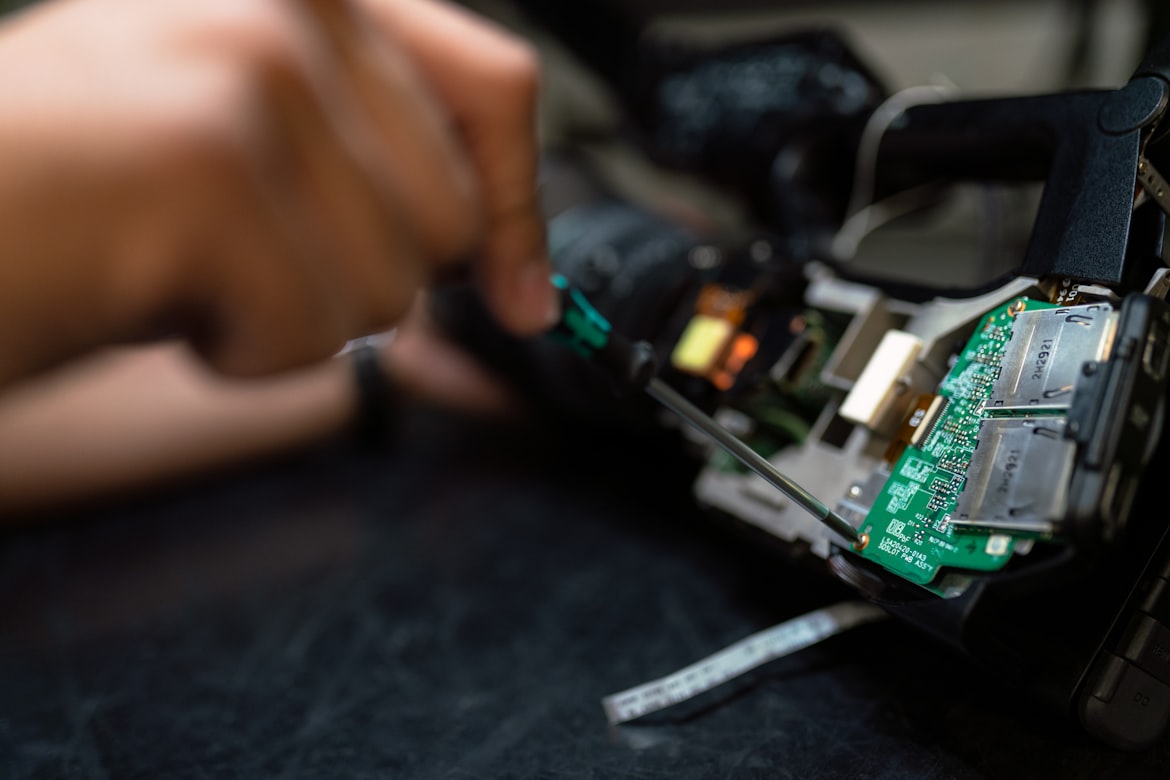The Invisible Revolution
How Porous Platinum is Building Better Brain Bridges
Imagine a device thinner than a human hair that could restore movement to paralyzed limbs, silence epileptic seizures, or even decode our thoughts. This isn't science fiction—it's the promise of next-generation neural implants. At the heart of this revolution lies a remarkable material: sputtered porous platinum, engineered through a process as precise as it is powerful.
The Neural Interface Challenge
Your brain is an electrochemical symphony. Neurons fire with millisecond precision, generating electrical whispers that encode everything from memories to motor commands. For decades, scientists have sought to "listen" to these conversations using microelectrodes—tiny conductive probes implanted in neural tissue. But traditional rigid electrodes face a fundamental dilemma:
- The smaller the electrode, the less tissue damage during insertion
- But smaller electrodes have higher electrical impedance (resistance), leading to noisier signals and ineffective stimulation
This impedance problem stems from basic physics. At the electrode-tissue interface, ions form a "double layer" that acts like a capacitor. Smaller electrodes mean smaller surface areas and lower capacitance, causing impedance to skyrocket 1 . Until recently, solutions relied on complex coatings like platinum black or conductive polymers—materials requiring painstaking electrodeposition that often delaminated from flexible substrates 1 4 .
Enter Porous Platinum
In 2020, researchers unveiled an ingenious solution: direct-sputtered porous platinum films created at wafer scale using standard microfabrication equipment 1 2 . The breakthrough lay in manipulating plasma physics during sputtering—a process where argon ions bombard a platinum target, ejecting atoms that coat a surface.


By cranking up the sputtering pressure to 96 mTorr (versus 3 mTorr for smooth platinum), something remarkable happened. The ejected platinum atoms collided more frequently with gas molecules before reaching the substrate, creating a nanoscale "porous architecture" resembling coral reef structures 1 5 . This fractal-like surface expanded the effective area up to 3,100 times compared to flat electrodes 4 , slashing impedance by 5–9 fold 1 2 .
| Coating Type | Impedance Reduction | Fabrication Compatibility | Stability in Tissue |
|---|---|---|---|
| Flat Platinum | Baseline | Excellent | Excellent |
| Platinum Black | 8–10x | Low (wet process) | Moderate (fragile) |
| PEDOT:PSS | 15–20x | Moderate | Poor (delaminates) |
| Porous Pt (Sputtered) | 5–9x | High (wafer-scale) | Excellent |
Inside the Breakthrough Experiment
The landmark study published in Journal of Neural Engineering 1 2 followed an elegant design:
Methodology Step-by-Step
- Flexible Electrode Fabrication:
- Spin-coated 4 μm SU-8 polymer (a flexible biocompatible material) onto silicon wafers
- Patterned 100 nm platinum traces using standard lithography
- Applied porous platinum ONLY on alternating electrodes (for direct comparison)
- High-Pressure Sputtering:
- Used identical 100 nm platinum thickness for all electrodes
- Varied parameters:
- Flat Pt: 25 W power, 3 mTorr pressure
- Porous Pt: 100 W power, 96 mTorr pressure 1
- Bench Testing:
- Measured impedance in phosphate-buffered saline (PBS)
- Calculated cathodic charge storage capacity (cCSC) via cyclic voltammetry
- Quantified thermal noise using Intan RHD2132 amplifiers
- In Vivo Validation:
- Implanted arrays in rat cortex
- Recorded single-unit activity for weeks
- Retested electrodes post-explant
Results That Turned Heads
- 5–9x lower impedance across frequencies (1 Hz–100 kHz) for porous sites
- Reduced thermal noise matching theoretical predictions
- Identical performance pre-implantation and post-explant (no coating delamination!)
- Successful recording of single-neuron spikes in vivo 1
| Parameter | Flat Platinum | Porous Platinum | Improvement |
|---|---|---|---|
| Impedance @ 1 kHz | 450 kΩ | 50 kΩ | 9x reduction |
| Cathodic CSC | 0.8 mC/cm² | 4.2 mC/cm² | 5.25x increase |
| RMS Noise (300–5k Hz) | 12.7 μV | 5.3 μV | 58% reduction |
Key Insight
The team discovered electrode geometry (not just size) critically impacts impedance. Circular sites outperformed squares at microscale dimensions—a vital design insight 1 .
Why This Changes Everything
Unmatched Stability
The platinum isn't just deposited; it's metallurgically bonded during sputtering. No delamination occurred even after cortical implantation and device removal 2 .
Shape Matters
Circular electrode sites outperformed square ones at microscale dimensions, providing crucial design guidance for future neural interfaces 1 .
The Scientist's Toolkit
Key components enabling this technology:
| Material/Equipment | Function | Key Insight |
|---|---|---|
| SU-8 Epoxy | Flexible substrate | Matches brain's Young's modulus (~3 kPa) |
| DC Magnetron Sputter System | Pt deposition | High pressure = porous nanostructure |
| Gamry Potentiostat | Electrochemical testing | Measures impedance & charge storage capacity |
| Intan RHD2132 Amplifier | Neural signal acquisition | Detects microvolt-level neural spikes |
| Oxygen Plasma Cleaner | Surface activation | Ensures strong Pt-polymer adhesion |
| Model-ISF Solution | Artificial cerebrospinal fluid | Mimics brain's ionic environment (37°C, pH 7.4) |
Beyond the Lab: The Future of Neurotech
This isn't just academic curiosity. Low-impedance porous platinum enables:
Micro-Scale Brain-Machine Interfaces
With electrodes smaller than neurons (10–25 μm), we could decode neural activity with single-cell resolution—critical for controlling robotic limbs or speech prosthetics 8 .
High-Density Arrays
Wafer-scale production permits 1,000+ channel arrays like Neuropixels, but flexible enough to conform to cortical folds without scarring 1 6 .
Chronic Implants
By eliminating delamination, devices could function for decades—potentially treating epilepsy, Parkinson's, or depression via closed-loop stimulation 7 .
Emerging hybrids like porous Pt-graphene electrodes now achieve impedance below 25 kΩ at 25 μm sites while handling 3–5 mC/cm² stimulation—blurring the line between recording and stimulation 8 .
"The greatest discoveries aren't made in eureka moments, but in consistent, meticulous refinements of process. Our porous platinum isn't just coating—it's a landscape where electricity dances with biology."
Impedance reduction across frequencies with porous platinum vs traditional coatings 1
